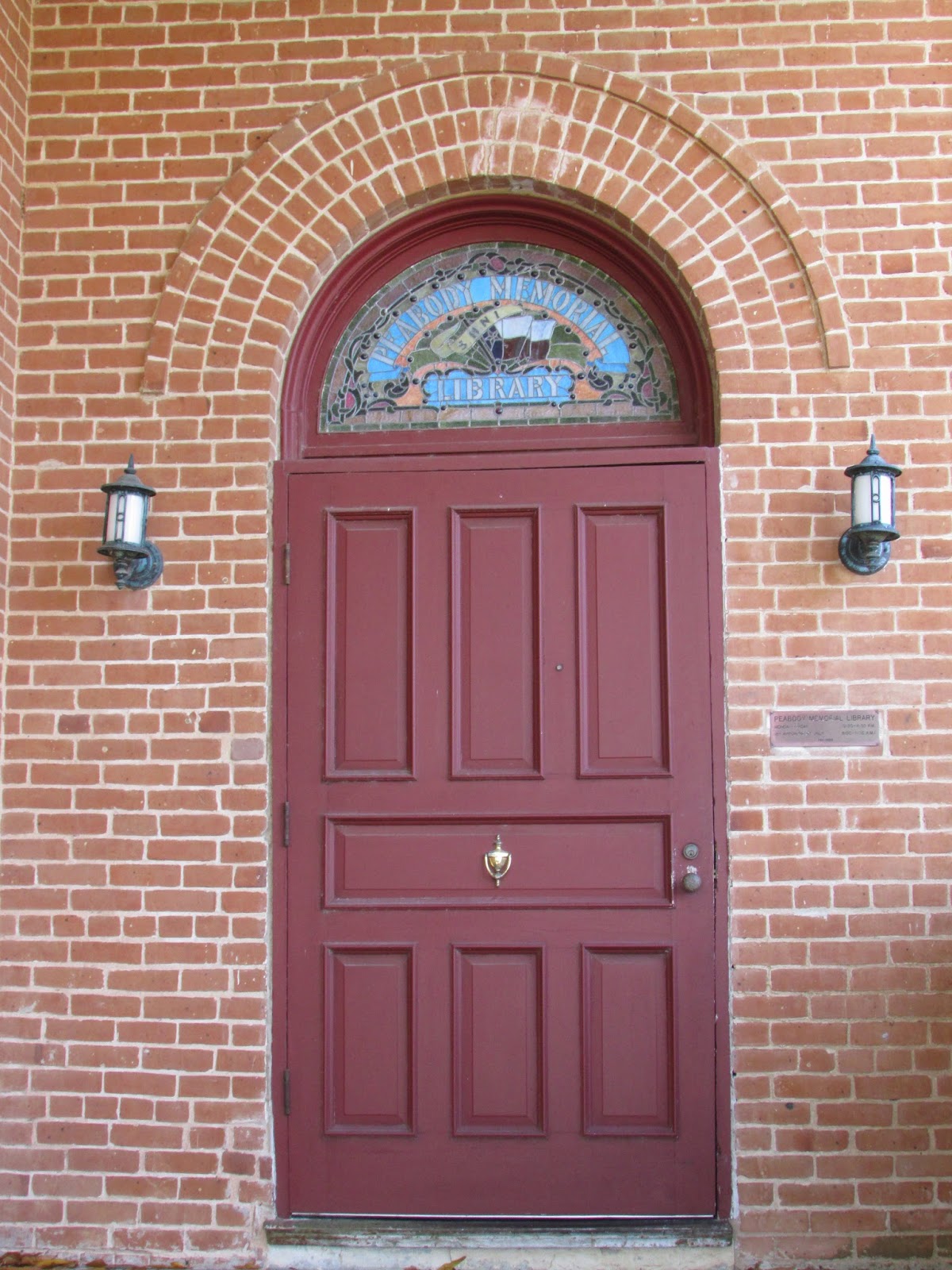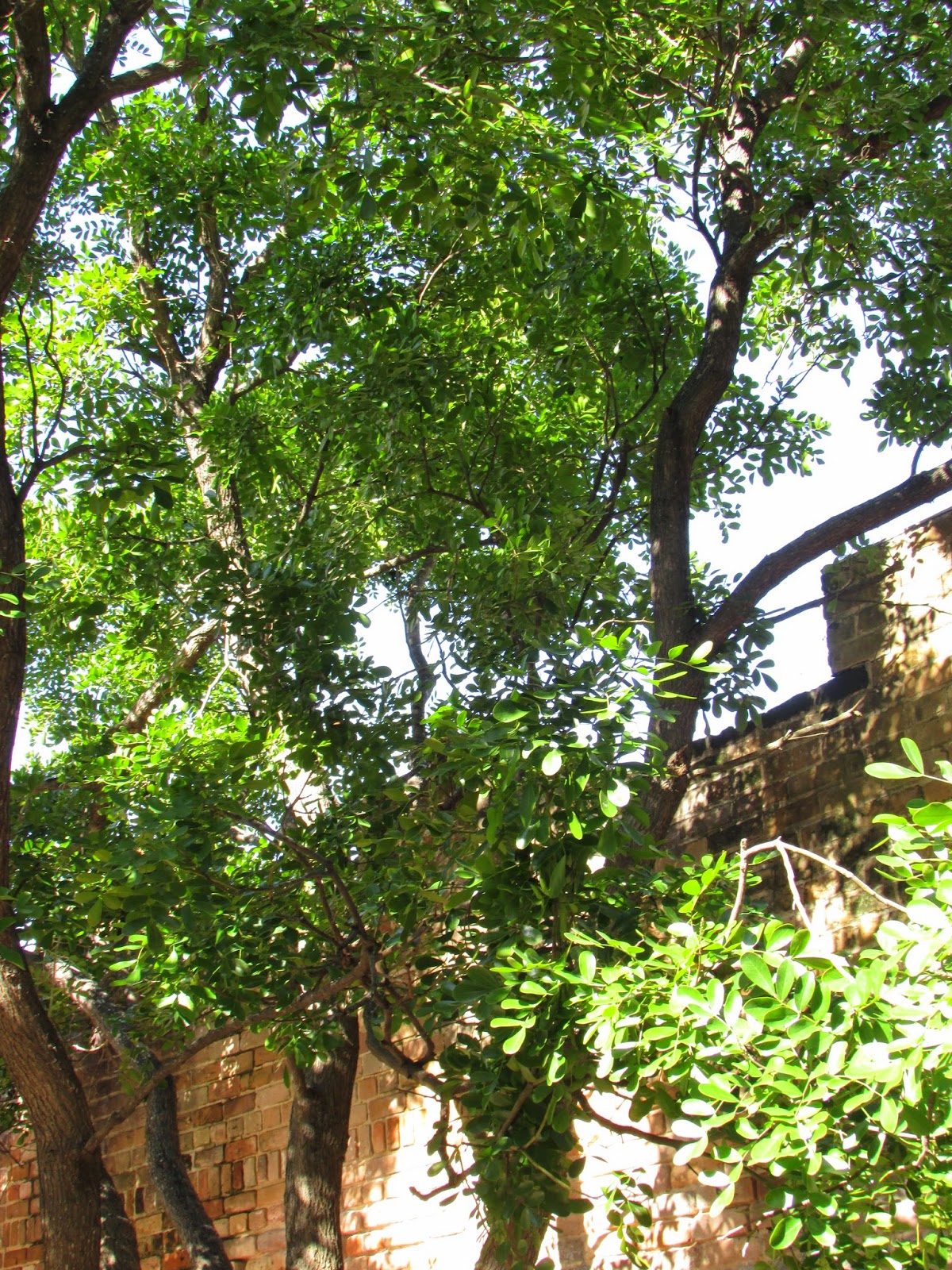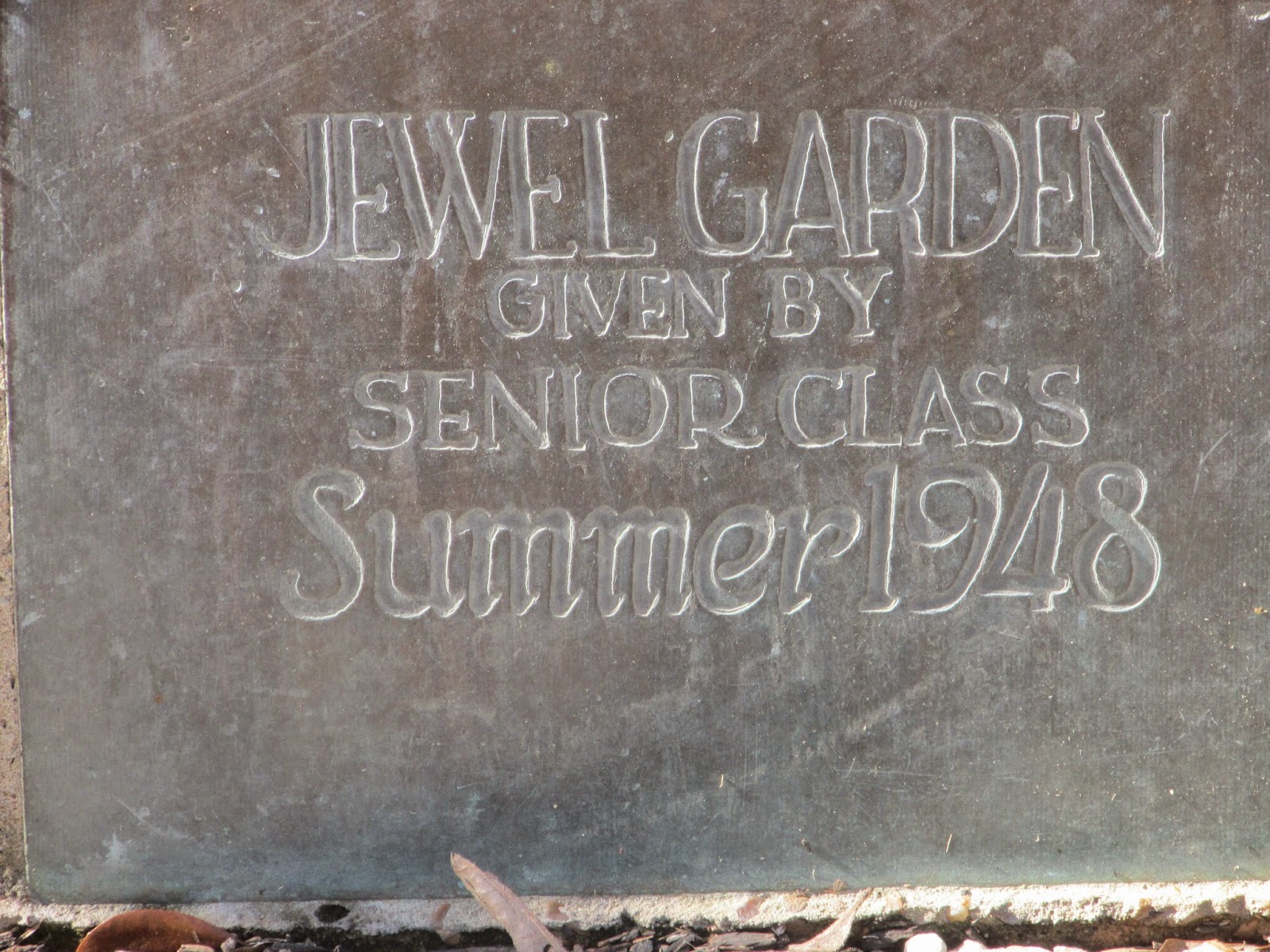FITNESS WALKING MAP - Between .05 & 1.0 Mile Presumably you have finished exploring areas around Austin Hall, Old Main, Jewel Garden, and Peabody Memorial Library. In continuing your walk you will see this bench on the sidewalk leading to the Dan Rather building.
Immediately past the Dan Rather Communications building you will arrive at a sidewalk located between this building and the Administration Building. Before heading on this pathway to the Mall area, make a small detour to look at the stunning Hydrangea bushes growing in front of the Admin. Building.

Hydrangeas is a genus of 70-75 species of flowering native plants, that find their origins in eastern Asia and the Americas. In China, Japan, and Korea is the greatest species diversity. Their height ranges from 3-5 feet tall, while a few can reach heights of 98 Ft by climbing up trees. They are either deciduous or evergreen.
Their flowerheads are shaped and resemble pom-poms.
Also next to the building where University Presidents office is another bench commemorating former President Gaertner.
Now use the SELF-GUIDED TOUR map as a guide and walk towards the Mall area, Tour #6, but make a stop at the waterfall.
Until Next Time.











































